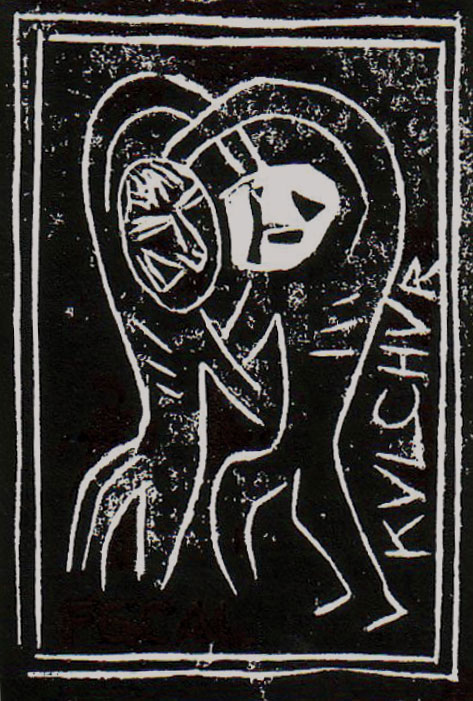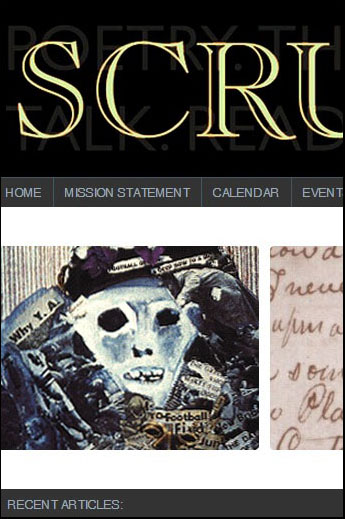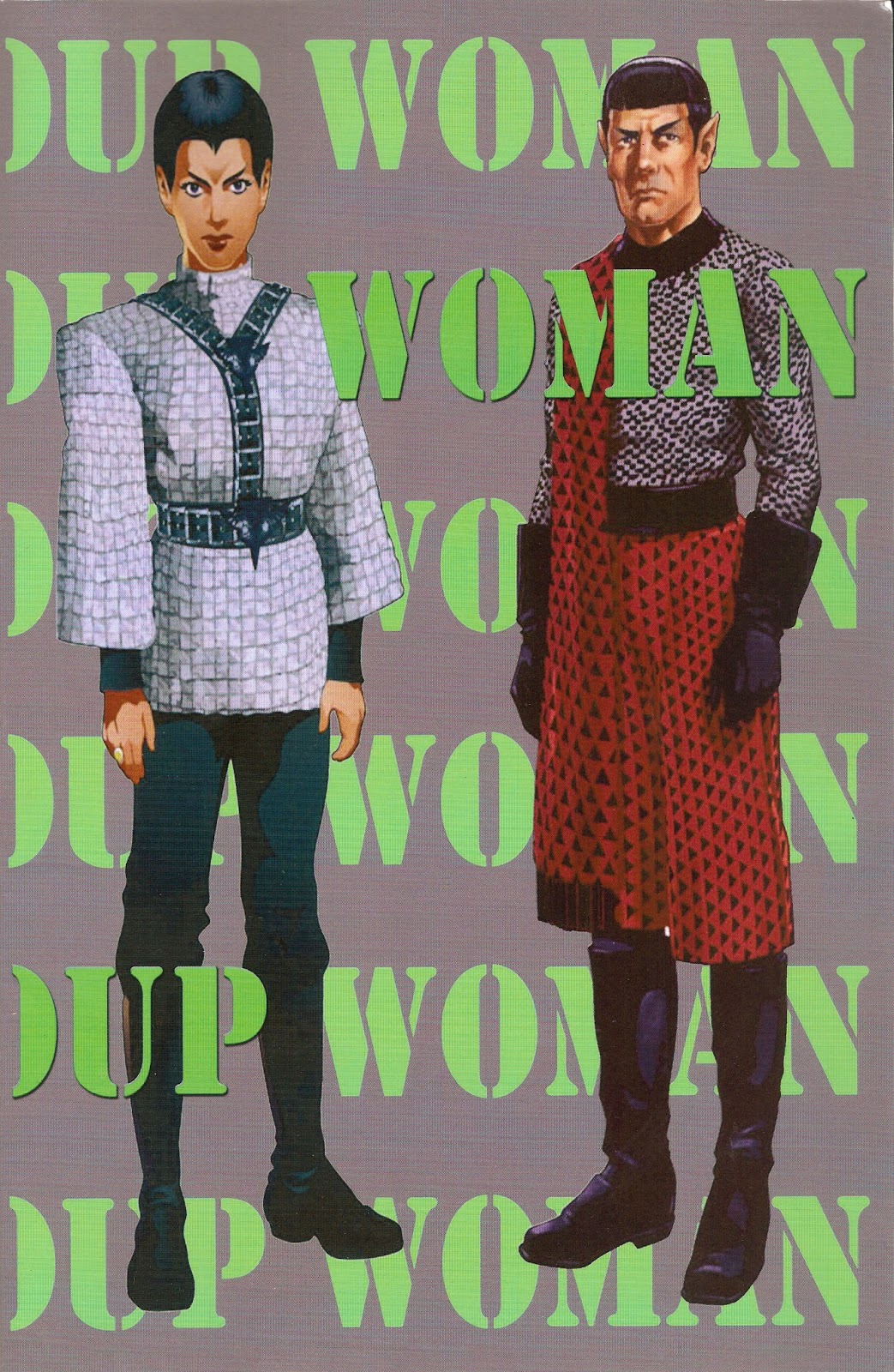RAWORTH TAKES THE TARDIS STATESIDE
[I recently had the honor of introducing Tom Raworth before his October 14 reading at the Western New York Book Arts Collaborative in Buffalo, part of Olson @ the Century: An Archival and Projective Reconsideration. Who fool enough to savagely summarize a lifetime of incredible achievements, collaborations, provocations, poetry? The introduction appears below.]
As many of you well know, Tom Raworth is an internationally recognized poet who, for generally any reader of contemporary poetry, needs no introduction—and so we are obliged to introduce him; to not introduce a poet who needs no introduction would be criminal and, in societies driven by forces of primitive circulation like our own, such crimes are even punishable. One could be sentenced for such a transgression.
In the book sentenced he gives a shape—a beautiful volume brought out by the Tenerife-based Zasterle Press in 1989—Raworth writes:
published poetic answers
nobody as yet wrote
might be termed major
when the patron was replaced
as having transgressed the laws of good manners
Here Raworth tacitly insists we are all sentenced—some new, some old, but in each and every case the sentence meted out is fundamentally primitive in the simultaneity of its having-not-been and its having-already-been.
The thing is, anyone that reads Doctor Who or Torchwood magazine knows Tom Raworth may very well be an illegitimate or at least undocumented incarnation of the Doctor himself; not the Doctor that cruises through coiled wormholes to rescue Queen Victoria from alien werewolves but the Doctor that doubles through every once and again just to think the wormhole in its working. “Coaches,” Raworth says, “leave to take you back | with no speed limit | it was always the same …” I mean, when Raworth says in sentenced, “he might be a little lunatic | questioned roughly in the booth” he clearly means the Doctor and his TARDIS, an image of man in language outlined against the figure of the cosmos. As Charles Olson’s Maximus says, “The only interesting thing | is if one can be | an image | of man.” For Raworth, one always already is an image of man, but this image is anchored squarely at the ideological intersection of an unstable rift in space and time that persistently threatens to splay open the threadbare fabric of the real and destroy the world as we know it. In his capacity as the Doctor, Raworth courts the catastrophic potential of the rift. He does so because he knows no unreasoning beast should be sentenced to the world as we know it.
And here it would serve us well to remember that no one knows the Doctor’s true name. Doctor Who? Just the Doctor. In the poem “Name Unknown” Raworth writes:
also the use of an image
must go into the open
of silent films
buttoned to keep
the secret of his alter ego.
For Raworth as for the Doctor the open is always a hiding place at the center of which sits a horrifyingly banal, Heideggerian police booth that dutifully preserves the secret of its own banality—that is, there’s always a remainder any image must conceal in order to maintain the image of its disguise. Each has an image to uphold.
Anyway, during a visit to San Francisco a few months back I had the privilege of having lunch with Kevin Killian and, over a gourmet cheeseburger, Tom Raworth’s name came up. I asked Killian, how is it such a catholic range of US readers can take such a deep interest in Raworth’s work while ignoring so many other British poets connected to Raworth. Killian said, “But my God, Richard, he’s so warm, he’s so human.” Naturally when Killian said that I couldn’t help but wonder: Does Raworth, like the Doctor, also have not one but two hearts?
Not so much post-human as hyper-human, an unmanageable excess of humanity, the remainder laid bare, terrifying in their triteness and beautiful in the stunning largesse of their surplus; I mean the poems. From his first award-winning collection, The Relation Ship, published in 1966 through his 2010 new and selected, Windmills in Flames, Raworth’s poetry playfully attends to the urgencies of a world faithful to circulation but long since knocked out of orbit. A poetics perhaps of flexible accumulation—or more specifically, flexible spending.
Like the Doctor, Raworth is a master of all trades, apprentice of none, and his intellectual credentials are inscribed in his very abilities. At once poet, visual and performance artist, translator, editor and printer, Raworth’s commitment to the labor of art extends far beyond art itself, outward into a transatlantic community of poets he has aided in galvanizing for more than four decades.
As a key contributor to Ed Dorn’s vertiginously constructed one-off newspaper Bean News—a collaborative effort where every contributor masked, manipulated or refused the Cratylean essentiality of their names—the mysterious complexities of Raworth’s identity must be considered. In Bean News, under the headline “Where Is Now?” we find mention of “Timekeepers.” One would be a fool not take this “Timekeeper” as code for Time Lord, an all but extinct alien race, and if, as Olson insisted, we Americans are indeed the last “first” people then there’s no reason Tom Raworth cannot be the last of the space-traveling Time Lords.
For the express purpose of this occasion, it’s important to note that Raworth knew Charles Olson, whose centenary has occasioned his being here today. Raworth read Olson, corresponded with him, edited him, printed him—and when in 1972 Barry Alpert asked him about the influence of Olson on his work, Raworth responded: “My idea is to go the other way, you know. And to be completely empty and then see what sounds.” To be empty is of course to refuse the past and deny the future while inhabiting an uninscribed now, a now desirable even to Maximus: “back is only for those who do not move (as future is, you in particular need to be warned …” Raworth, having taken Olson’s warning, headed the other way: and so here we are, here, in the catacoustic simultaneity of now.
 Steve McCaffery and Tom Raworth, Buffalo Poetry Collection, October 15, 2010
Steve McCaffery and Tom Raworth, Buffalo Poetry Collection, October 15, 2010Mark Mendoza's brief review of Windmills in Flames: Old and New Poems (Carcanet 2010) in Poetry Project Newsletter #224 might have served as a more appropriate introduction: "Raworth's delicate interplay of intuitive cognition ('understanding / what intuition / writes in language') and tottering states of bewilderment pull us towards that which we might have felt lurking in shadow (where 'in shadow shadows / media cycle manicures') and promises to jolt us out of the workday into an adventure amongst tangible things we felt were lost. The poet has tracked our crises, in a world smothered in pleasant butter and imperialist bullshit, where no link can be presumed stable, and where nothing is to be done unless links are traversed and remade."






<< Home